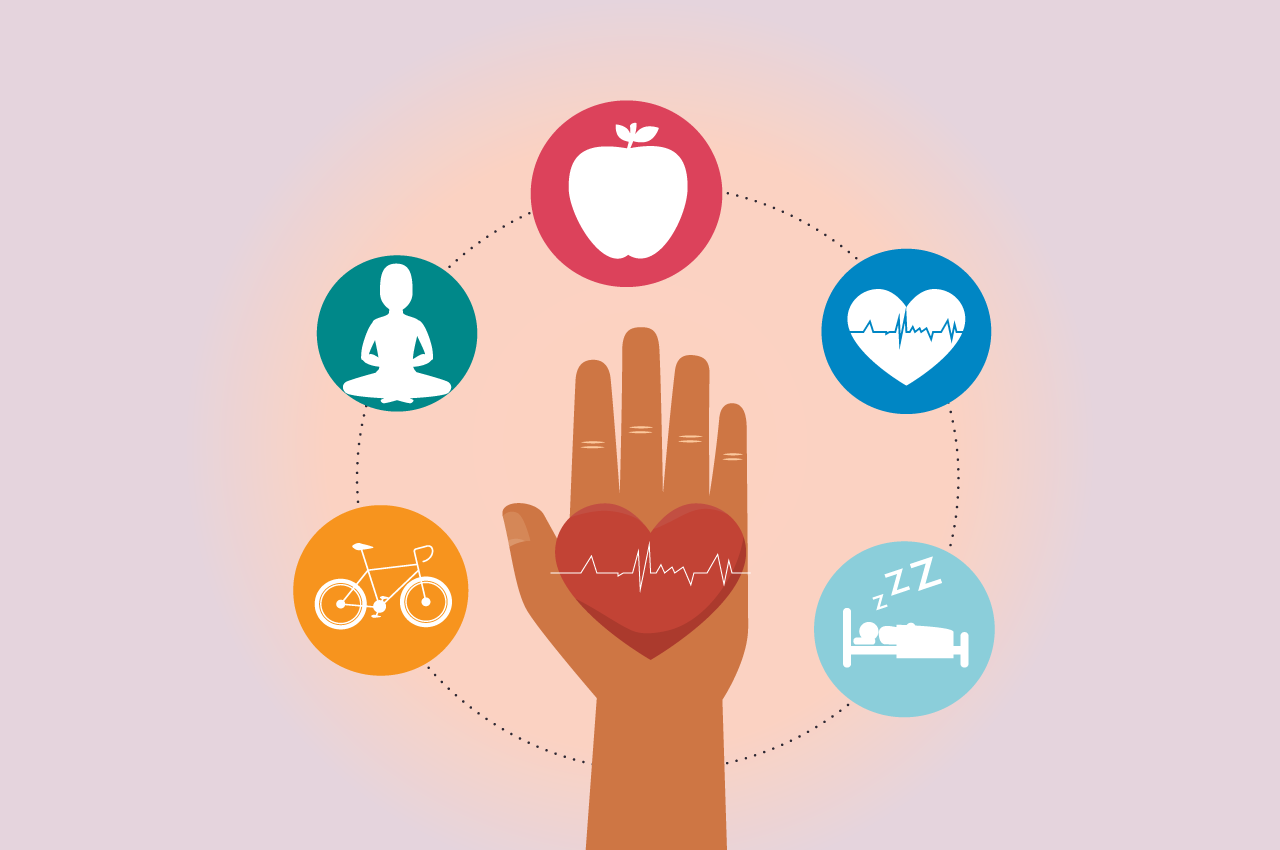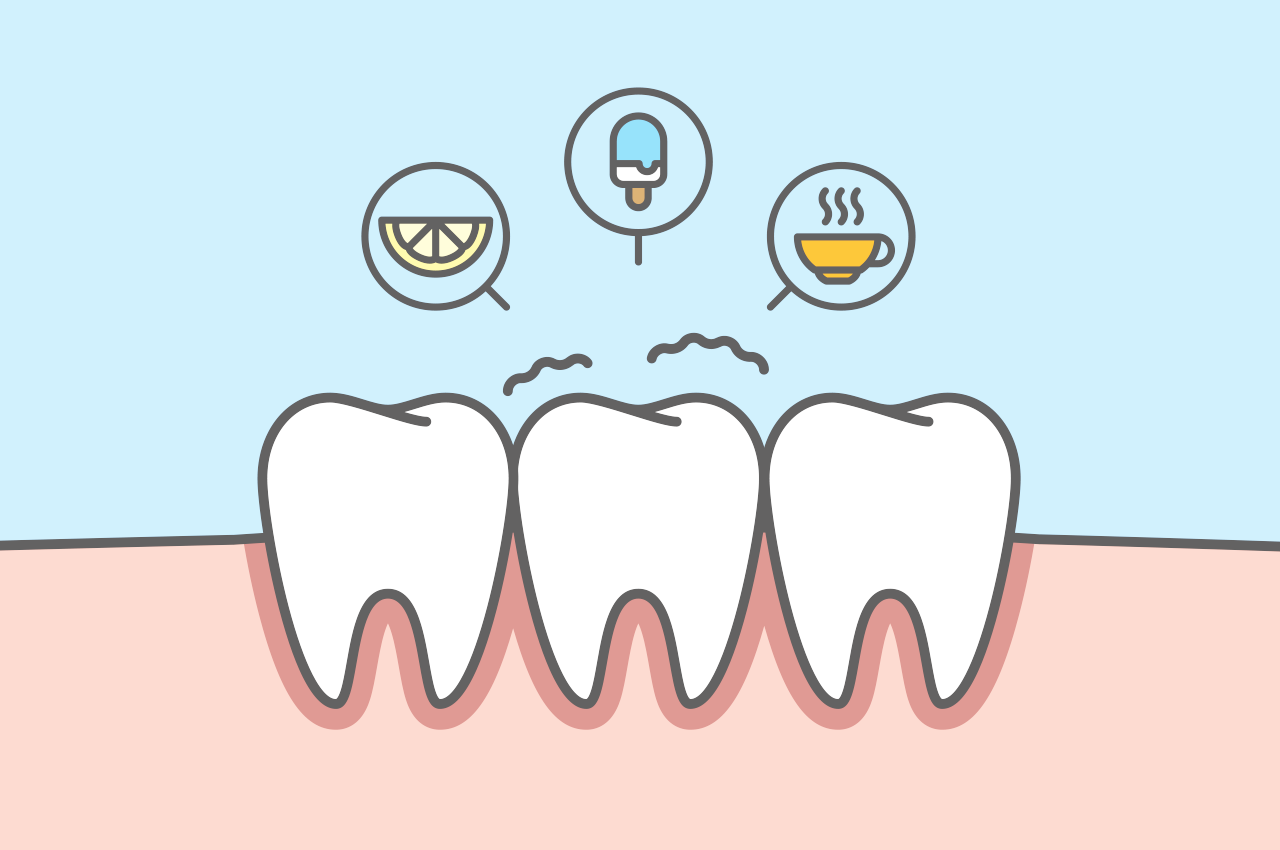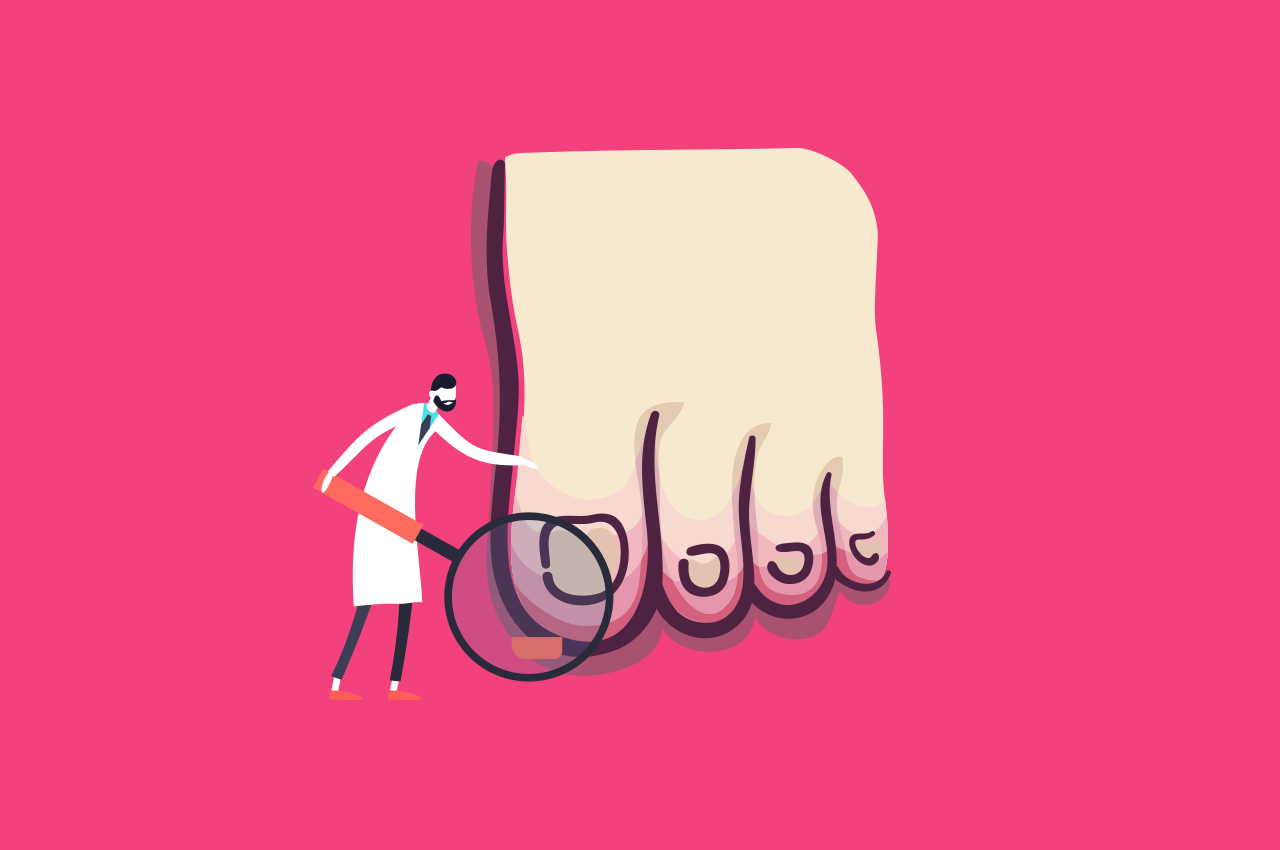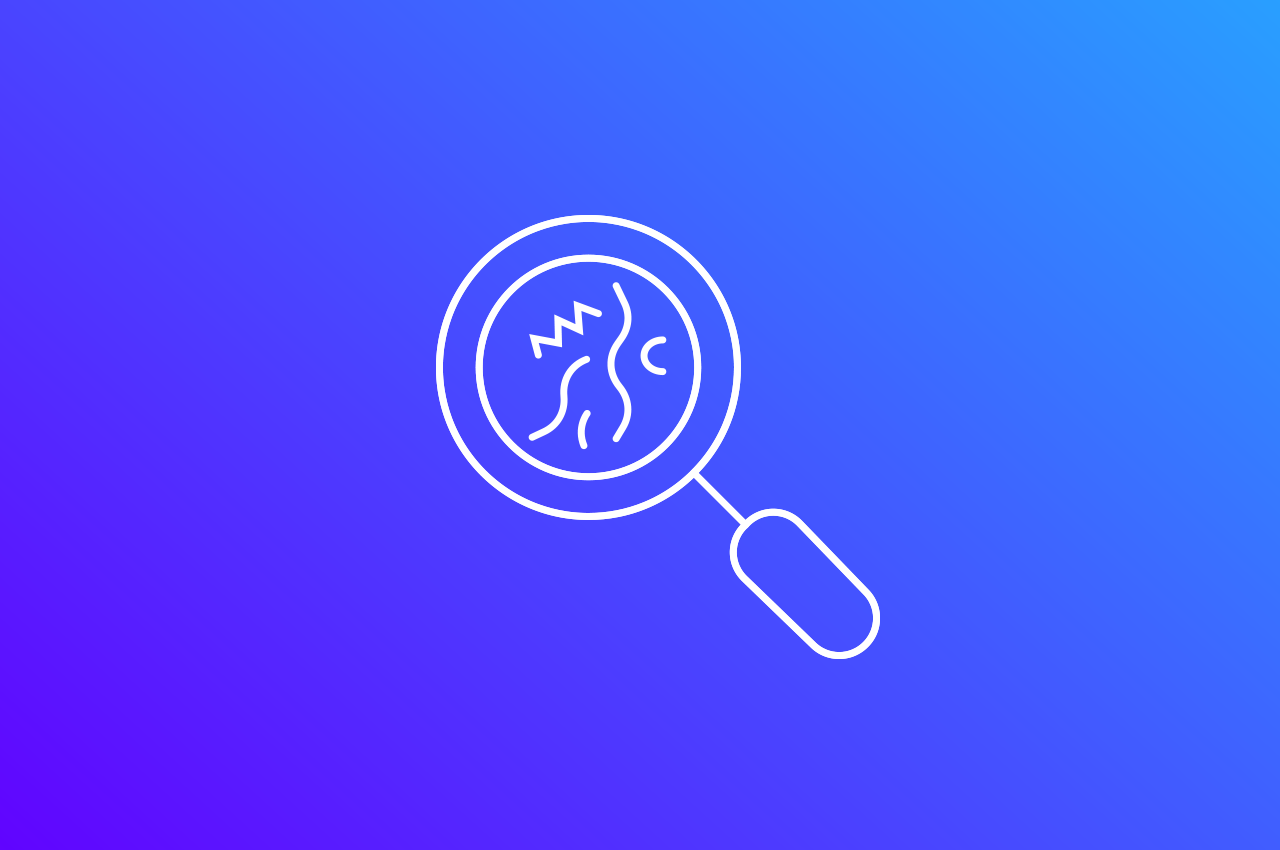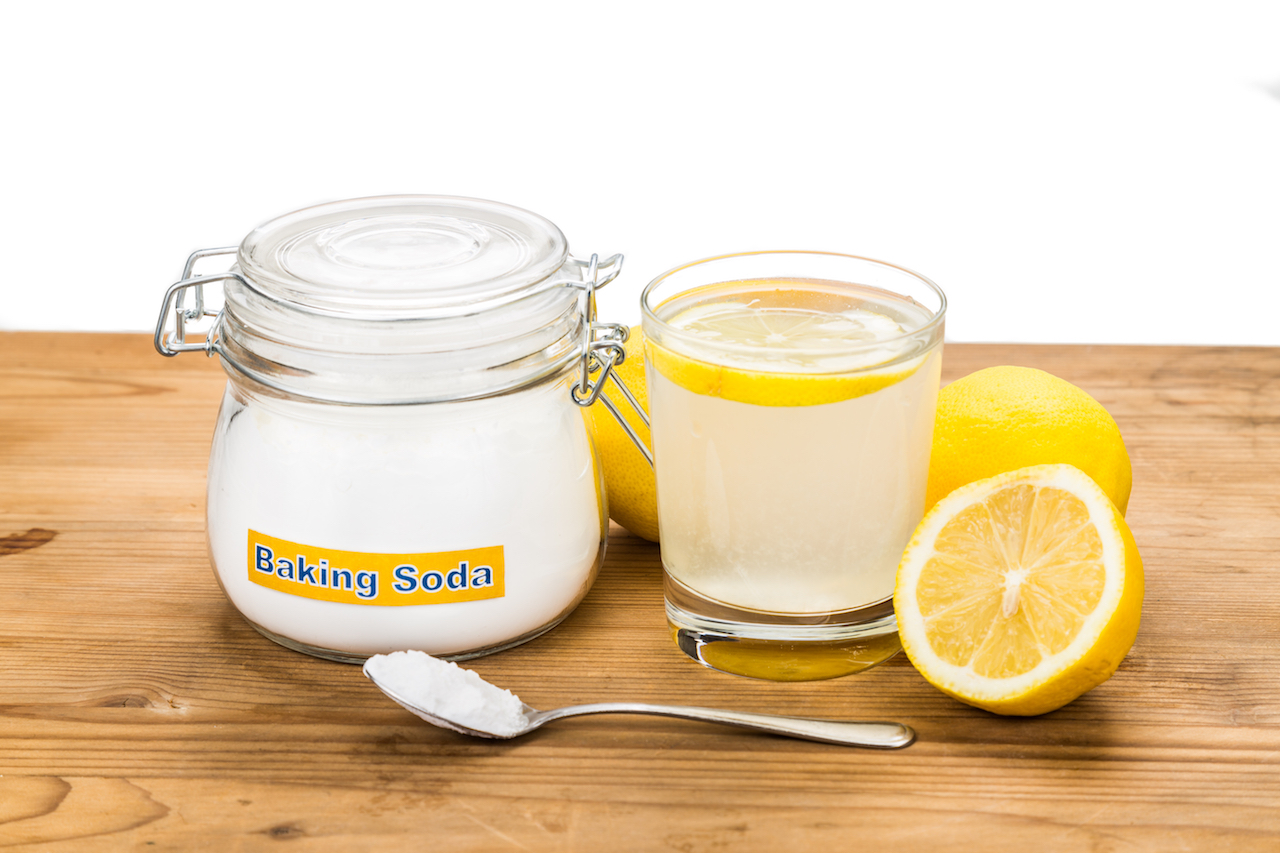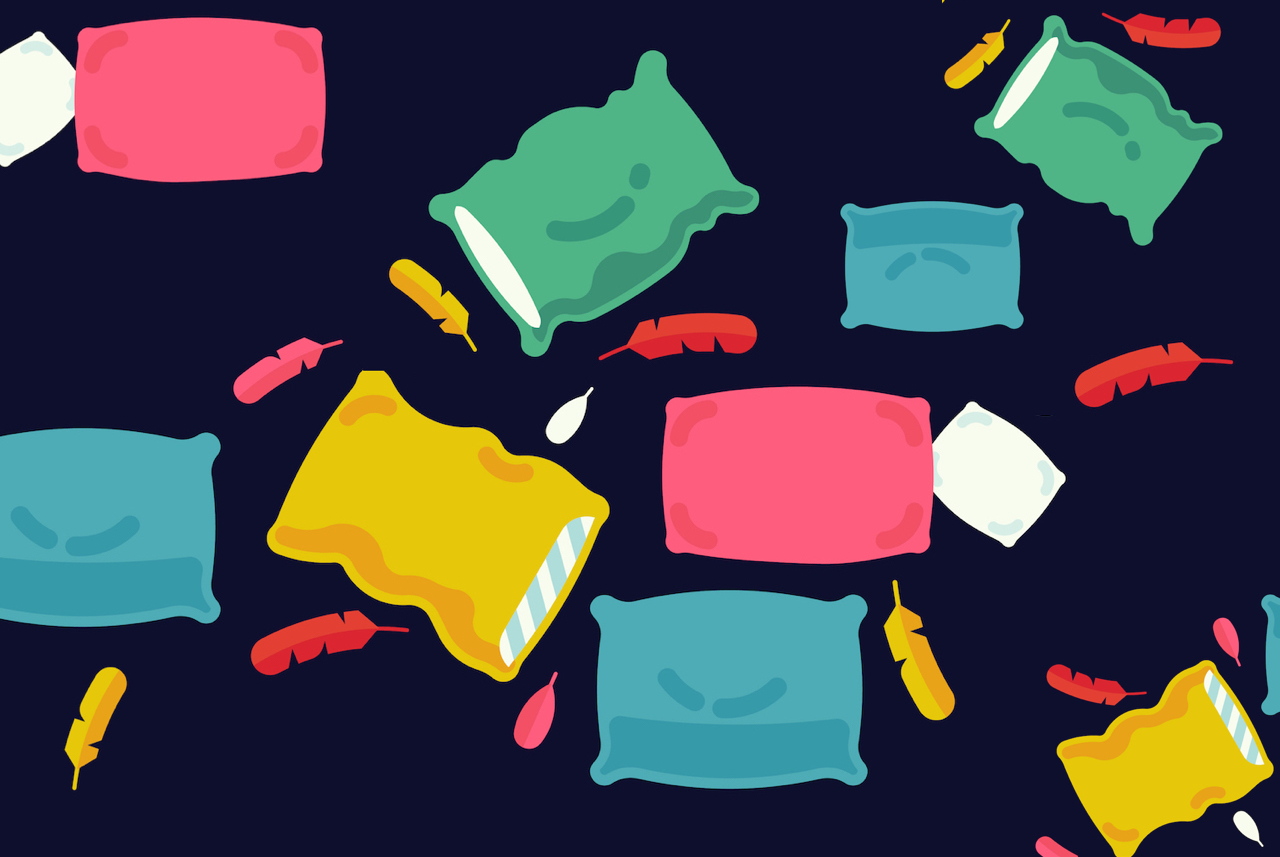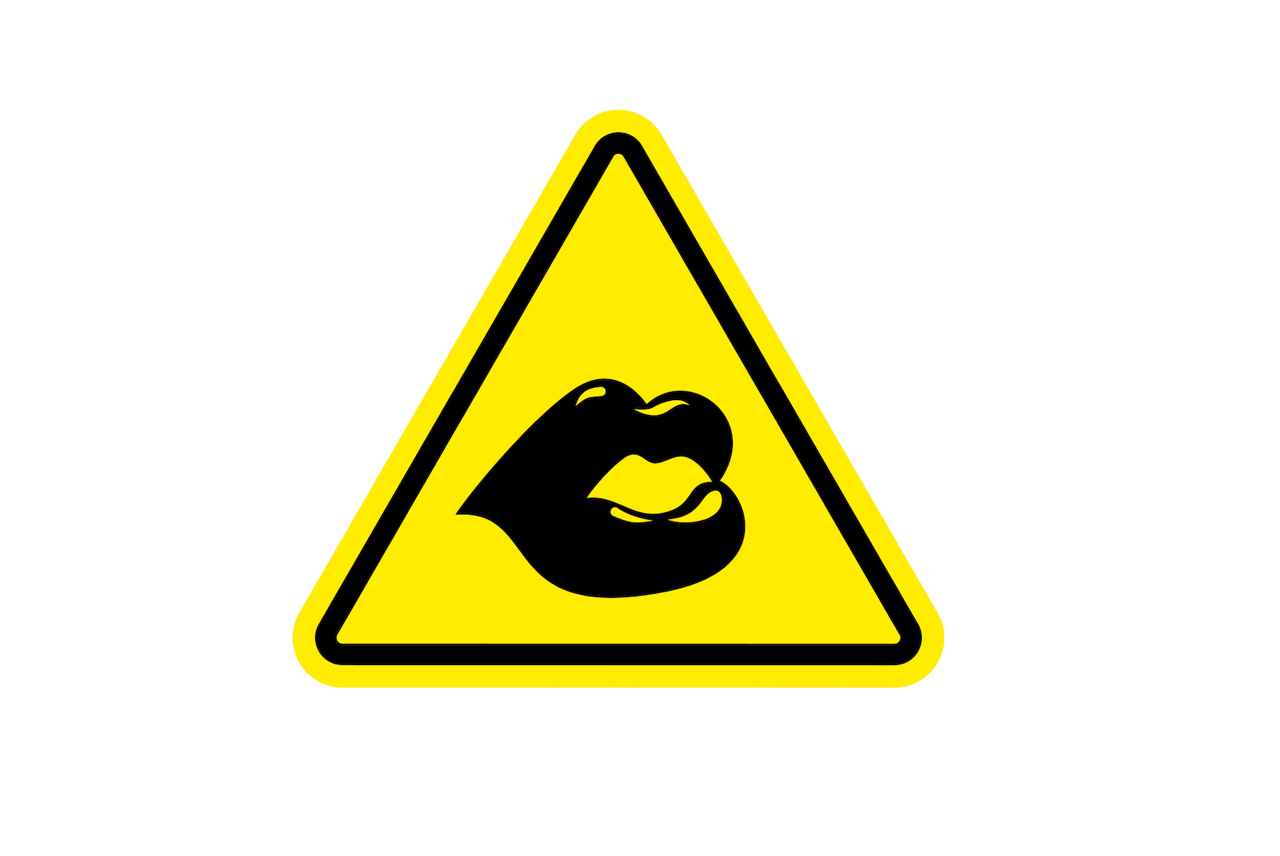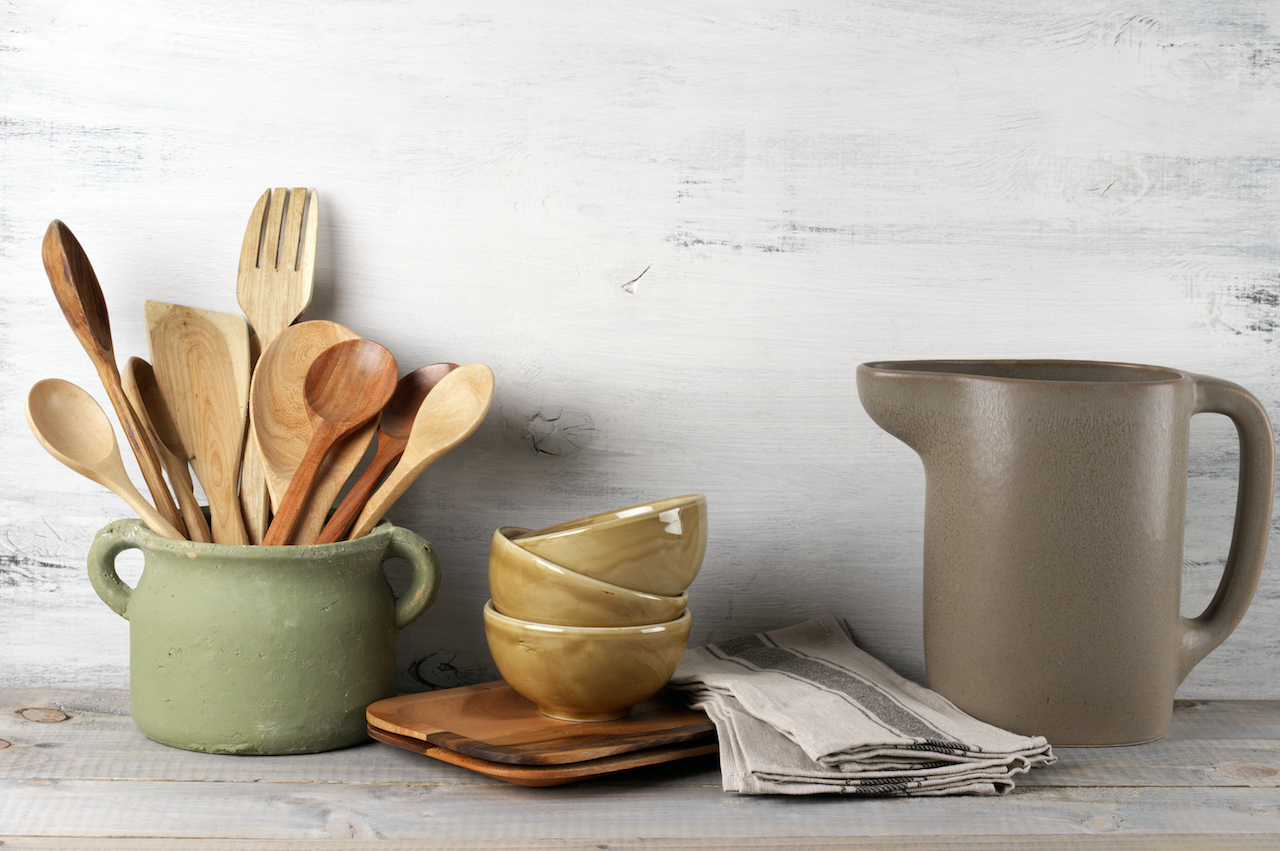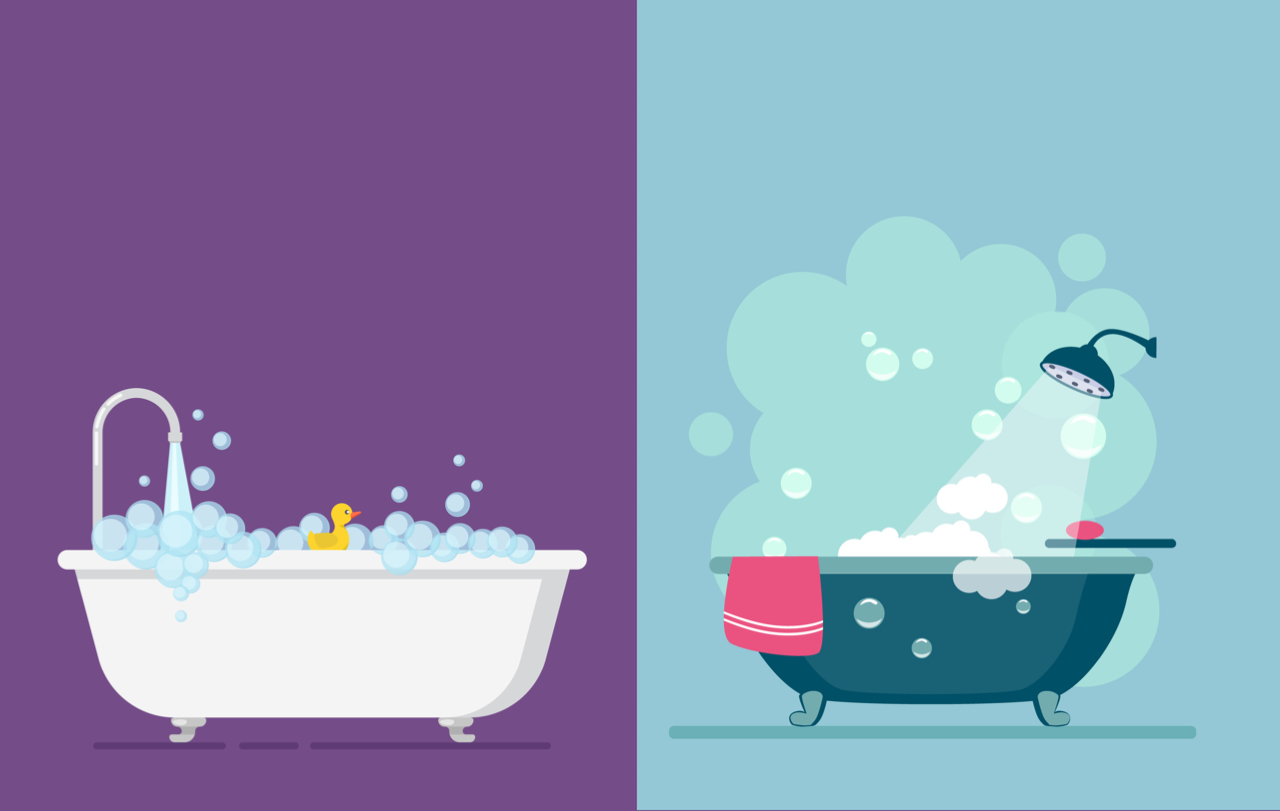The idea that you can boost your immune system is appealing – pop a pill in the morning and become bulletproof to all nasty bugs and germs? What’s not to love? As great as that sounds, the concept of “boosting” your immune system is a little more complicated.
Immunity 101: its all about balance
You can read about all the ins and outs of the immune system here, but in a nutshell, your immune system works to recognise and identify an infection or injury in the body. This causes an immune response, with the goal of restoring normal function. Often when you get sick, your immediate thought is “urgh, my immune system is so weak! Why isn’t it working properly?”. The truth is, every symptom of sickness is a sign that your body is actually working really hard, triggering an immune response to fight back against an infection or virus.
The immune system is a finely tuned machine. Too much of an immune response is just as bad as too little response. Having an immune system on “steroids” can cause such problems as allergies, diabetes, and other types of auto-inflammatory and autoimmune disorders.
So, instead of a “boosted” immune system, what you really want is a “balanced” immune system.
How to balance your immune system
The differences between people who rarely get sick and those who are sick all the time seem to have more to do with lifestyle habits than immune function! Follow the 5 key lifestyle habits for an ideally balanced immune system:
1. Good hand hygiene
You should be a pro at this by now! Wash your hands and don’t touch your face– this applies not only to preventing COVID-19, but also maintaining a healthy immune system As your first line of defence against illness, you can stop infection before it begins simply with some soap and water! Germs and viruses stick to the natural oils on your hands, so without washing them regularly, you risk infection every time you touch your face. The Coronavirus, for example, is surrounded by a bubble of oily lipid molecules, which falls apart on contact with soap. Without this oily layer, the virus can’t attach itself to your cells. Hand washing reduces respiratory illness like colds by up to 21% and diarrhoea by up to 40%
Download the SureWash Hand Hygiene App to learn and memorise the WHO hand washing technique.
2. Eat well
There are no magical “immune boosting” foods or supplements. While it’s true that nutritional compounds like vitamin C, antioxidants and zinc can help ward off disease and other health problems, this typically only applies to people who are severely malnourished. In other words, vitamin formulations will do little to help you stay healthy if you are healthy already. They also can’t replace real food when it comes to delivering the full range of vitamins your body needs. A balanced diet – one which is rich in nutritional dense options (green leafy veg, healthy fats and protein) and low in sugar and processed food, provides the body exactly what it needs, and in the correct portions to maintain a healthy immune system.
(If you enjoy foods touted as immune boosters, there’s no harm in eating them as part of a balanced diet, but don’t assume that’s all you need to do!)
3. Sleep
Let’s be honest – sleep is good for everything! But it’s an undercover superstar when it comes to immunity, and there are two reasons for that. First, stress hormones dip while you’re asleep – that’s important because these hormones dampen your immune response. Second, a good night’s sleep boosts the effectiveness of specialised immune cells, called T-cells. T-cells are in charge of recognising foreign invaders and activating the proteins that attach to and kill them. It works so well in fact that studies have found that people who sleep for less than 7 hours a night are around 3 times more likely to catch a cold than those sleeping for 8 hours or more.
How well do you sleep?
Download SleepScore or SleepCycle and start tracking your sleep
4. Move
Exercise delivers a double whammy to your immune system. It slows the release of stress hormones, while at the same time improving natural immune defence activity. Any type of activity works – your body responds almost immediately to movement…. But don’t overdo it. Very high intensity and exhaustive training workloads are linked to a drop in immunity
Don’t know where to start? Start with the Fiton App, or the Couch to 5km app.
5. Manage your stress
Stress decreases the number of white blood cells that help fight off infection. The lower this level, the more at risk you are for infection. Furthermore, ongoing, unmanaged stress can lead to body wide inflammation. In the long-term, sustained, high levels of inflammation point to an overworked, over-tired immune system that can’t properly protect you. Becoming more aware of stress triggers and learning a few practical coping techniques can make a big difference. Stress reduction strategies not only give your mind a break, but they can also relieve the pressure on your immune system.
Have fun with this quick fix anti-anxiety game.
6. Get a daily dose of sunshine
Vitamin D, also known as “the sunshine vitamin”, is manufactured in your skin when the skin is exposed to natural sunlight. Vitamin D is necessary for the proper functioning of your immune system, enhancing the function of immune cells, including T cells and macrophages. Low levels of vitamin D have been associated with increased susceptibility to infection, disease, immune-related disorders, and more recently, complications from COVID-19.
How much sun is too much sun?
Download QSun to track your exposure.

